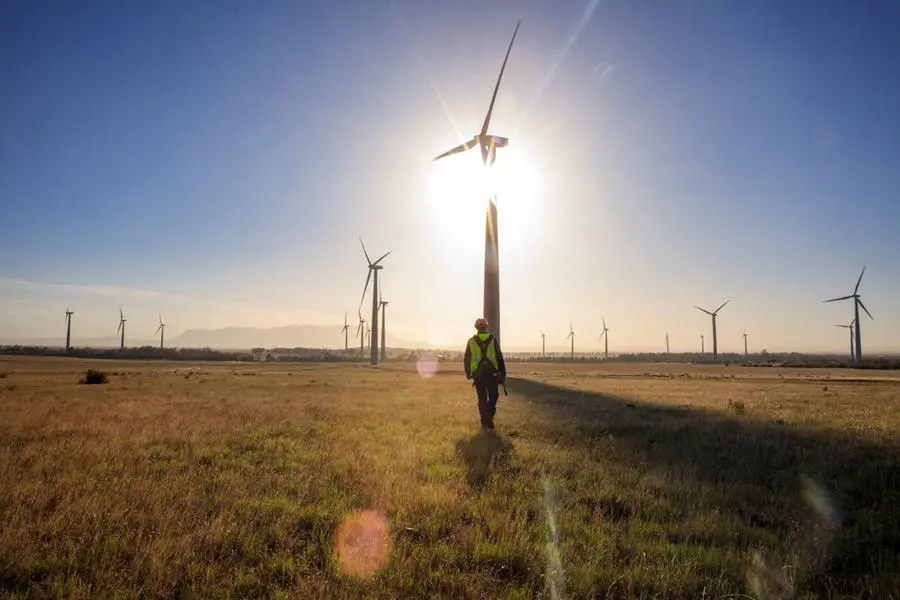PHOTO
Nature has solved many of the problems that humankind is now facing, including offering renewable energy options. Using nature as their guide, a biophysics research group at the University of Pretoria (UP) investigated the inner workings of chloroplasts - and came back energised.
The world is facing a global energy crisis caused by ever-increasing demands for natural resources. UP researchers are using organic solar cells that mimic the energy efficiency of photosynthesis, a process that makes use of renewable materials produced in abundance in nature, to offer a beacon of light.
The subject of photosynthesis and the efficiency of plants to absorb light is under the microscope of Professor Tjaart Krüger of the Biophysics Research Group in the Faculty of Natural and Agricultural Sciences at UP. Work in his laboratory could see inexpensive, efficient and sustainable electricity being generated through the use of 'artificial leaves'.
According to Prof Krüger, the current global push for renewable energy resources isn’t going far enough, nor is it sustainable. “While the widely used photovoltaic cells mimic the first steps of photosynthesis by converting solar energy into electrical energy, they are very expensive to manufacture,” he explains. “If we don’t use expensive means to remove impurities and other defects from conventional photovoltaic cells, the absorbed energy will be lost on its way to the electrodes, because most of it will be trapped by the defects.”
Natural energy generation
“We can renew our thinking about renewable energy by drawing inspiration from nature, which has long resolved the ‘energy problem’,” Prof Krüger says. “Every cell in every living organism needs energy – this is energy generation on an enormous scale!”
Current solar energy technologies can draw so much from photosynthetic organisms such as plants, algae and cyanobacteria. Cyanobacteria and plant chloroplasts have two photosystems that work in parallel, and both are excited by light simultaneously. “Their photosystems capture solar light and convert the photoenergy into more stable forms of energy that can be more easily utilised,” Prof Krüger explains.
By using abundant supplies of carbon dioxide and water, these organisms quickly convert absorbed solar energy into a 'fuel' via about 170 chemical reactions. This makes it an economical – and sustainable – form of energy production. It is highly efficient too, as every photon absorbed is converted into realisable energy.
“One of the research threads of the UP Biophysics Research Group is to study the design principles of the photosystems and identify ways to apply some of these principles to solar cells,” Krüger says. “In collaboration with researchers from Addis Ababa and Tokyo, we have started to work on organic solar cells, which share many similarities with the photosystems of photosynthetic organisms.”
This new type of solar cell mimics the design of the photosynthetic apparatus of cyanobacteria, which contains a type of light-harvesting complex and two types of photosystems. This design offers numerous benefits and enhanced overall performance.
Other than its efficiency and economy, this material is also flexible and transparent, offering exciting application potential as a type of paint for roofs, windows or cars. “This innovation has been inspired by nature – we are merely learning from the best teacher,” Krüger says.
All rights reserved. © 2022. Bizcommunity.com Provided by SyndiGate Media Inc. (Syndigate.info).





















